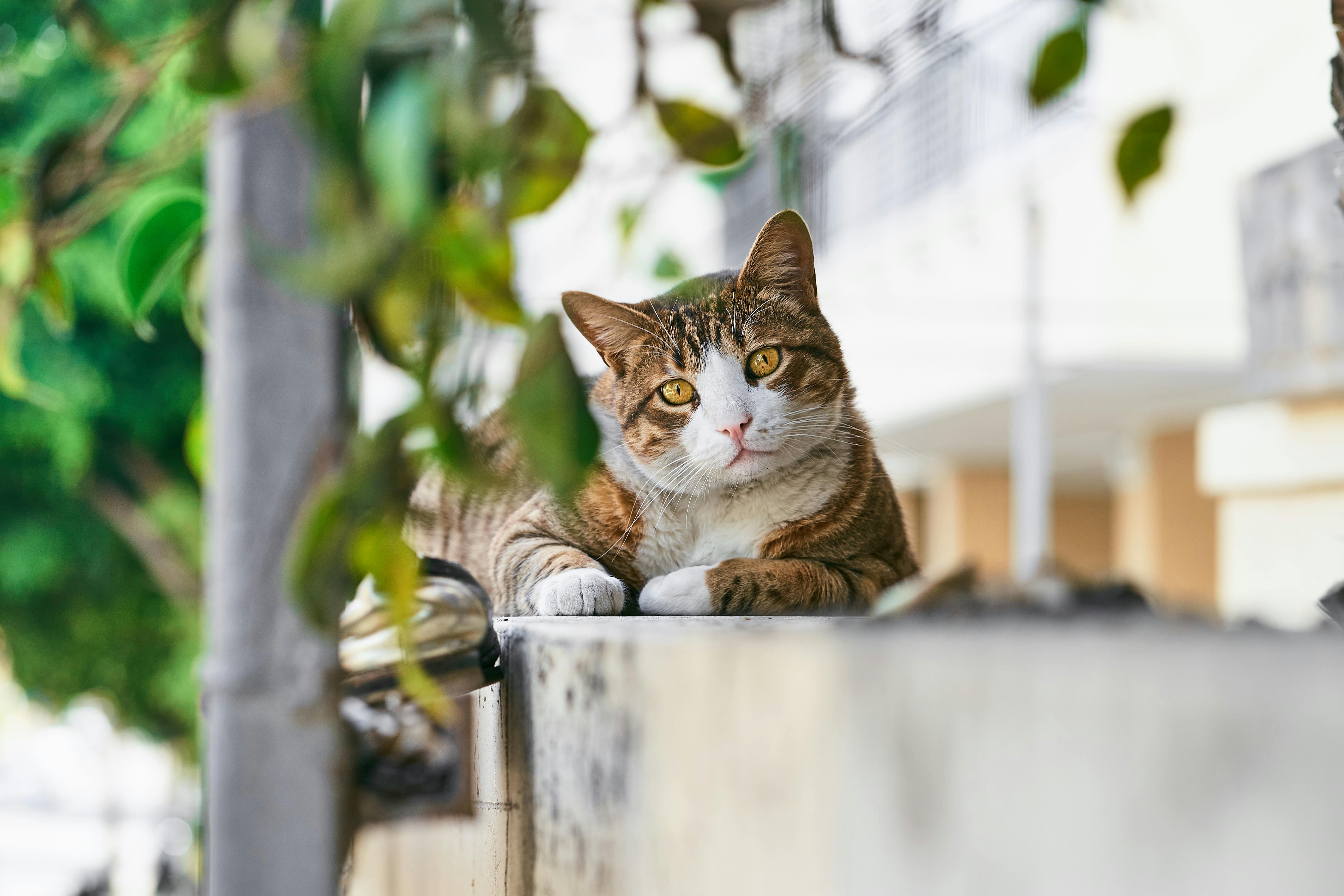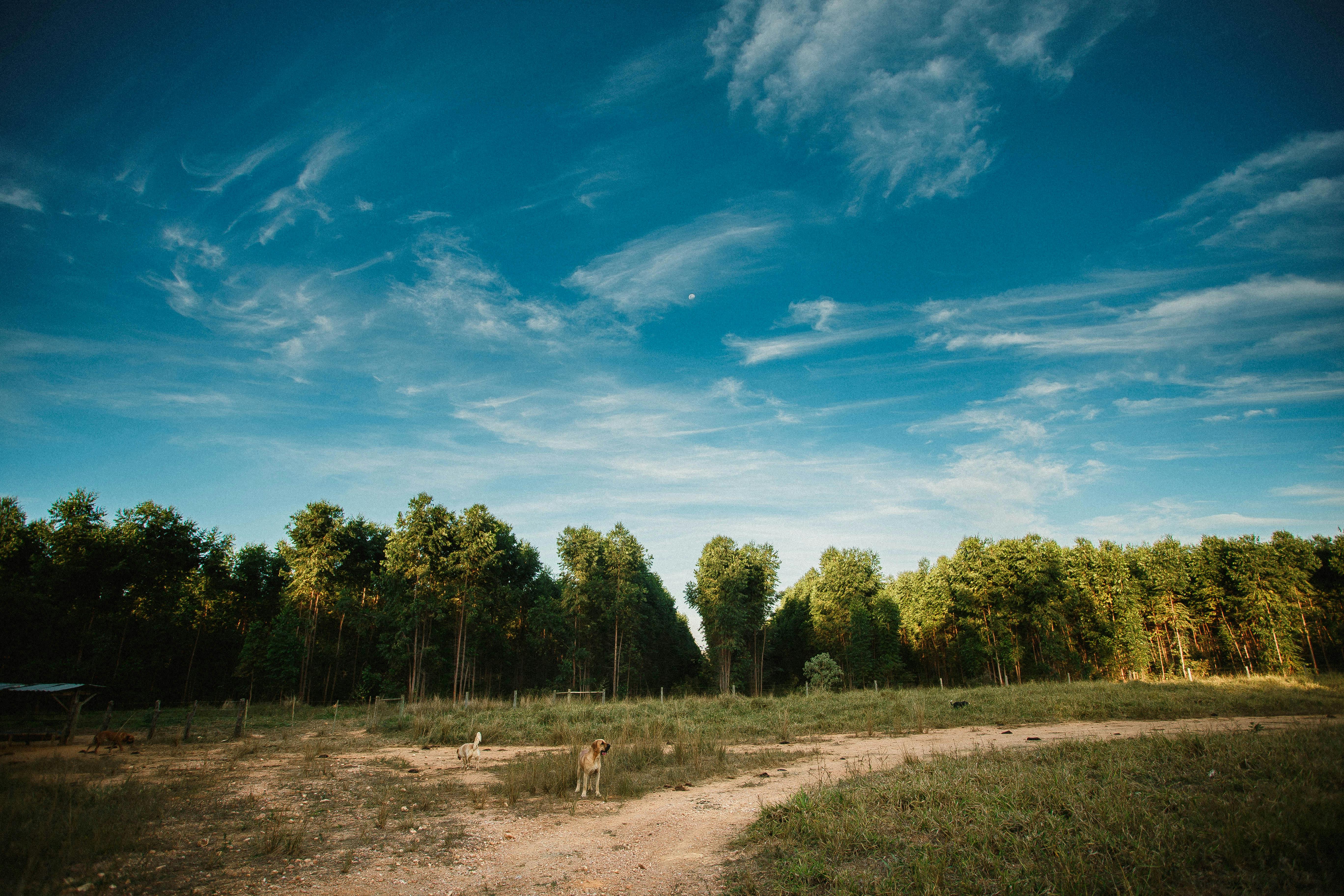Bottom
michigan state university
• Founded in 1855
• The main research institution and leader in international participation
• Currently has 533 buildings and more than 40,000 students enrolled in more than 200 programs
• The first recycling program was launched in 1991
• Thousands of recycling bins have been scattered throughout the campus
Busch Systems International
• North American leader in waste, compost and recycling containers for the last 25 years
• Set the industry standard for annual production of new molded containers.
• Each container is 100% recyclable and made in North America with a minimum of 35% recycled content
waste watchman
• Space saving, high density, attractive and functional
• Ideal for high traffic areas
• Holds over 23 gallons of recyclables or scrap
• Has custom lids, labels and openings for easy sorting
• The Massachusetts Institute of Technology (MIT) also uses these containers
Analysis
The new bins marked the beginning of Phase II of MSU’s recycling program. In Phase I, a mix of old and new containers was used in various buildings at the school. The bin mix was confusing to students and looked bad on campus. Phase II launched in late December 2009 with Busch ‘Waste Watchers’. The staff spent four, fourteen hour days over winter break to effectively set up the program.
Phase II consisted of three thousand dark green ‘Waste Watchers’ that were placed in more than 200 buildings at MSU, including:
• Classrooms
• Research laboratories
• Sport centers
• Administrative buildings
• Residential houses
• Bus terminals
Deans had previously objected to recycling bins being in so many public spaces because they were unattractive. The stylish look of the ‘Waste Watcher’ meant more recyclables could be collected from more places at MSU.
The bins were used to form a recycling station:
• ‘Waste Watchers’ are designed to come together to form a stylish recycling station
• Each container collects a different material without taking up much space
• The station collects paper, mixed media, cardboard, plastics and household metals
Recycling stations are emptied by cleaning staff who:
• Transfer material to larger containers
• The recycling team collects and transports the containers to a recycling center on campus.
• The school then sorts it, packs it, and sells it.
• This encourages sustainability and produces a profit to fund the program by
‘Waste Watchers’ features are designed to assist schools’ collection process, including:
• Removable lids and easy-grip handles save time and resources.
• Custom lid openings
• MSU selected a circular opening for plastics and a slim, slot-shaped opening for paper collection.
MSU found that custom openings in the bins worked well with their program. The openings have a simple and clean classification system that is easy to identify and use. This diverts more materials to the correct bin and reduces the resources spent sorting them.
Conclution
Overall, Busch recycling bins have increased MSU’s recycling share. They have also improved the quality of classification of the collected materials. What remains to be seen is how the program will take shape in the coming months and how this will affect future initiatives. However, the new containers allow more recyclables to be collected in more areas. This increases the profit earned by the recycling center and reduces the carbon footprint of the schools.




